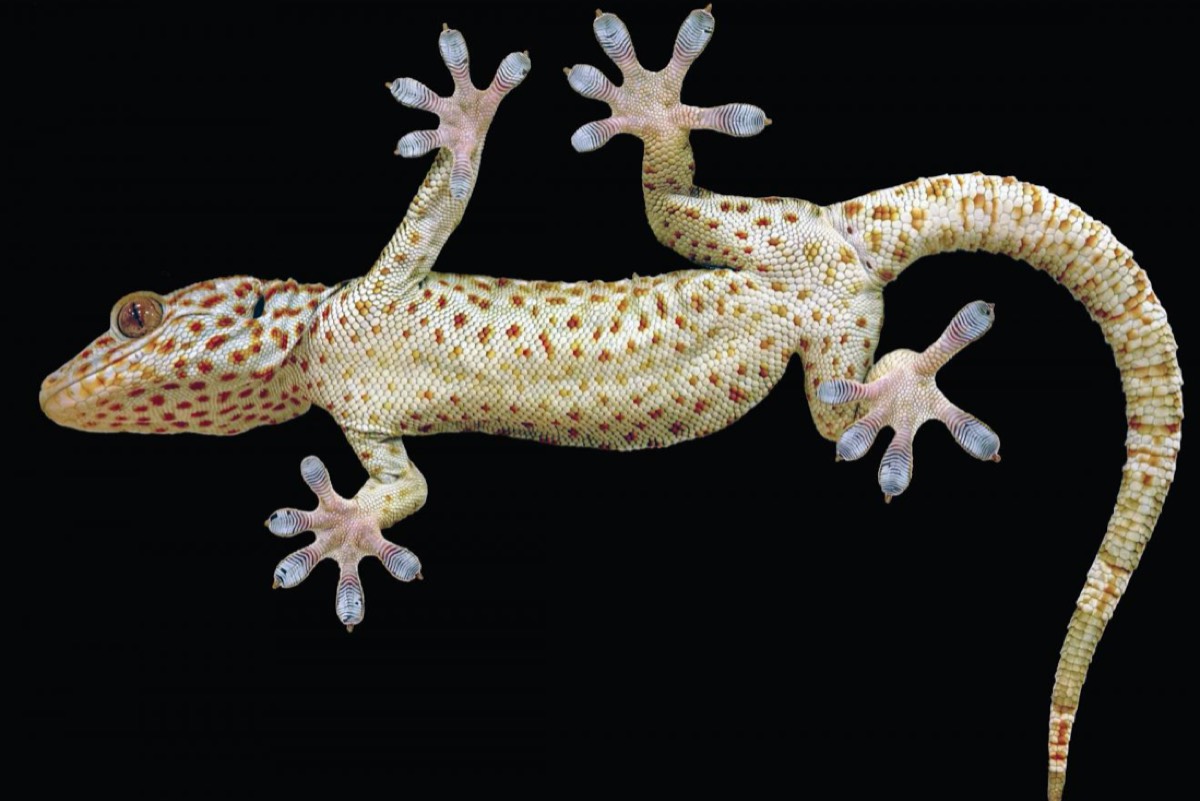Are you tired of sharing your living space with uninvited lizard guests? That sudden scuttle across the wall, or the quick flick of a tail disappearing behind furniture, can send shivers down many spines. While they might seem harmless, many people prefer their homes to be lizard-free zones. The good news is, you can significantly reduce their presence, even make your home a no-go zone for them, in as little as 24 hours. Let's dive into some practical, simple methods.
Understanding Why They're There
Before we start the eviction process, it's helpful to understand why lizards enter our homes. Primarily, they are looking for food and shelter. Our homes often provide a steady supply of insects – their main diet – and plenty of warm, hidden spots to rest and lay eggs. By addressing these two main attractions, you can make your home far less appealing.
Seal Up Entry Points
This is arguably the most crucial step. Think of your home as a fortress. Any tiny crack, gap, or opening is an open invitation for a lizard.
- Check Windows and Doors: Look for gaps around window frames and under doors. Weatherstripping can be a lifesaver for doors, and caulk can seal small cracks around windows. Even a small gap can be enough for a lizard to squeeze through.
- Inspect Walls and Ceilings: Cracks in walls, especially near pipes or in older homes, are common entry points. Use a sealant or plaster to close these off. Don't forget to check around any external vents or utility lines entering your home.
- Screens are Your Friends: Ensure all your window and door screens are intact and properly fitted. Repair any tears immediately.
Make Your Home Less Appealing
Once the entry points are sealed, it's time to make the inside of your home unwelcome.
- Cleanliness is Key: Lizards are drawn to insects. If you have fewer insects, you'll have fewer lizards. This means keeping your home clean and clutter-free. Regularly vacuum, wipe down surfaces, and don't leave food crumbs exposed. Pay special attention to the kitchen and dining areas.
- Manage Moisture: Lizards, like many pests, are attracted to damp and humid areas. Fix any leaky pipes, ensure good ventilation in bathrooms, and keep areas under sinks dry.
- Declutter Outdoor Spaces: Overgrown bushes, piles of leaves, or firewood stacked near your house can provide perfect hiding spots and breeding grounds for lizards and the insects they eat. Clear these areas to create a less inviting perimeter.
Natural Deterrents
You don't always need harsh chemicals to deter lizards. Many natural remedies can be quite effective due to their strong scents that lizards dislike.
- Garlic and Onions: The pungent smell of garlic and onions is a known deterrent. You can place slices of onion or garlic cloves in corners, near windows, or under sinks where you've seen lizards.
- Pepper Spray (Homemade): A simple mix of black pepper powder and water can create a spray that irritates lizards. Spray this mixture in areas where lizards are frequently spotted, such as around windows and doorways. Be cautious not to get it in your eyes or on sensitive skin.
- Eggshells: Surprisingly, empty eggshells are often recommended. Lizards are thought to perceive the smell of eggshells as a sign of predators, like birds. Place half eggshells (cleaned and dried) in areas where lizards enter or hide. Remember to replace them every few days.
- Coffee and Tobacco Balls: A mixture of coffee powder and tobacco powder, rolled into small balls, can be placed in lizard-prone areas. This is a potent deterrent, but use it with caution if you have pets or small children, as it can be harmful if ingested.
Did you know that some lizards, particularly common house geckos, can shed their tails when threatened to escape predators? The detached tail continues to wiggle, distracting the predator while the lizard makes its getaway. This amazing survival tactic, called autotomy, allows them to regenerate a new tail over time.
Utilizing Modern Solutions
Beyond natural remedies, there are products designed specifically to deter lizards.
- Lizard Repellent Spray for Home: There are commercial lizard repellent spray for home options available that use natural ingredients like essential oils, such as peppermint, cedarwood, or citronella. These sprays offer a convenient way to apply a deterrent without the need for DIY mixtures. Look for ones that are non-toxic and safe for use around children and pets.
- Effective Repellent Machines for Lizards: Ultrasonic pest repellers are another option gaining popularity. These devices emit high-frequency sound waves that are generally unheard by humans but are supposed to be irritating to pests like lizards, making them uncomfortable and encouraging them to leave the area. While their effectiveness can vary, some people find them to be a good long-term solution. Place these machines in strategic areas where lizards are most active.
The 24-Hour Plan
Here’s how you can implement these steps in 24 hours:
Morning (Hours 1-4):
- Start with a thorough home inspection for cracks and gaps.
- Head to a hardware store to pick up caulk, weatherstripping, and a good quality lizard repellent spray for home if you choose to go that route.
- If you're considering effective repellent machines for lizards, research and purchase those online or at a local store.
Afternoon (Hours 5-12):
- Seal all identified entry points diligently. This is the most labor-intensive but critical step.
- Give your home a deep clean, especially focusing on areas where food scraps might be present.
- Clear any outdoor clutter around your home's foundation.
Evening (Hours 13-24):
- Apply natural deterrents like garlic, onion, or pepper spray in key areas.
- Deploy any chosen lizard repellent spray for home or position effective repellent machines for lizards.
- Keep lights off in areas not in use, as light attracts insects, which in turn attract lizards.
By following these steps, you can significantly reduce or eliminate lizards from your home within 24 hours, making your living space much more comfortable. Remember, persistence is key. Regular cleaning and reapplication of deterrents will help maintain a lizard-free environment.






